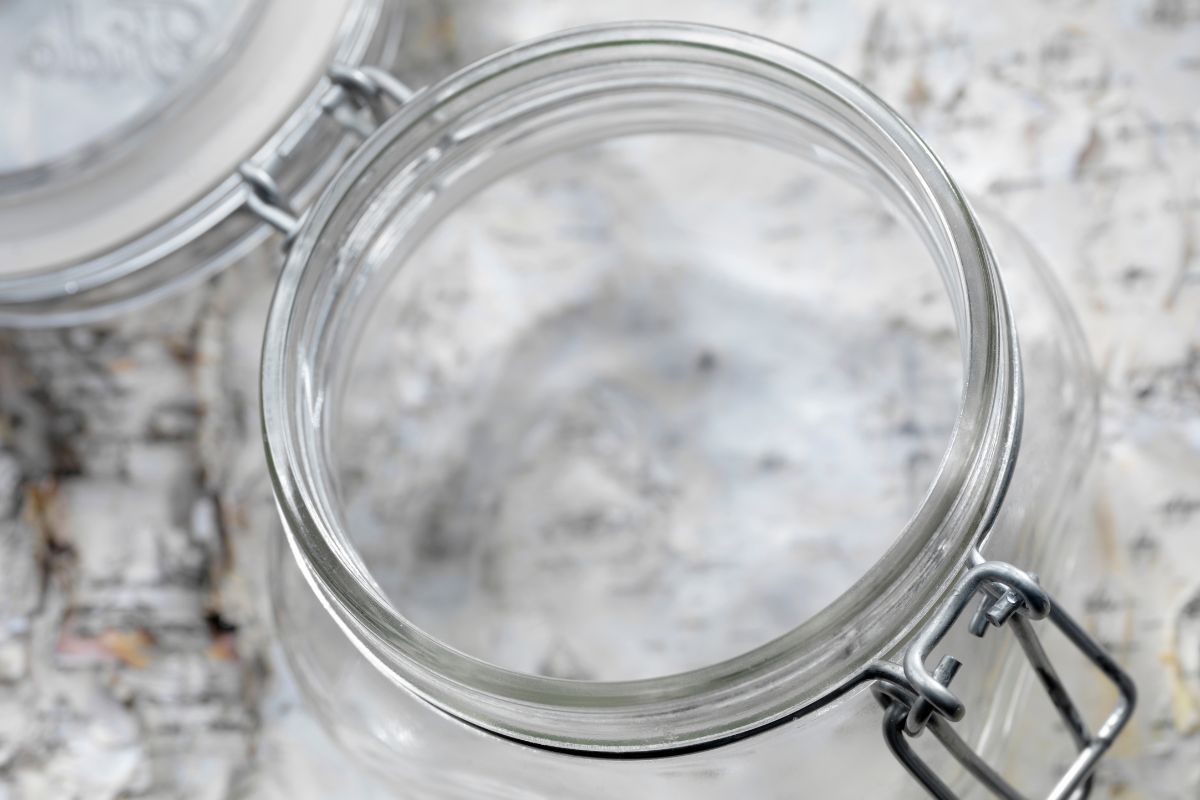Oxygen absorbers help preserve food by reducing oxygen in food storage containers. This helps to avoid food spoilage caused by oxidation. Use oxygen absorber packets in dry foods such as cereals, dried fruits, and vegetables in sealed containers to absorb up to 99.99% of oxygen.
Table of Contents
What is the Purpose of Oxygen Absorbers?
Oxygen absorbers remove oxygen from food stored in sealed packaging to create an inert environment ideal for long-term food storage.
Oxygen absorbers can also be referred to as oxygen scavengers. They are small, porous, semi-permeable packets filled with iron powder and salt.
When placed with food stored in sealed containers, the little moisture in the food and air activates the scavengers to absorb the oxygen inside the container. The absorption leads to oxidation, a chemical reaction that turns the iron powder into rust.
Are Oxygen Absorbers Safe for Food?
Oxygen absorbers are safe for use in food storage.
Oxygen absorbers allow oxygen to pass through, but stop the iron powder and rust from contaminating food. The oxidation of iron powder does not release harmful gases into food.
It is important to remember that oxygen absorbers are inedible. Do not open them and sprinkle the contents into your food. Like silica desiccants that absorb moisture in stored food, you must remove and discard the packets once they are no longer needed.
What are the Best Oxygen Absorbers to Use for Food Storage?
The best types of oxygen absorbers to use with food are “B” and “D” absorbers.
A “B” absorber is activated once it comes into contact with moisture or air inside a food storage container. For example, you can place this type in a sealed container with dehydrated fruit.
A “D” absorber packs its own activating moisture. It is ideal for dry foods that do not have enough moisture content to activate the absorber, such as dried pasta.
How Long Do Oxygen Absorbers Last?
Depending on their type and manufacturer, unopened oxygen absorbers last six months to two years. For example, most manufacturers make “D” absorbers that last six months and “B” absorbers that last one year. Some unopened oxygen scavengers can last up to two years from the date they were made.
How Quickly Do Oxygen Absorbers Start Working?
Once opened, oxygen absorbers start working immediately because of the exposure to oxygen in the air. They last only 15-30 minutes in the air, after which all the iron powder undergoes oxidation.
To improve the shelf life of an opened oxygen absorber that you won’t use immediately, place it in a tightly sealed mason jar and fill the remaining space with non-food solids like marbles to keep the oxygen level as low as possible. Alternatively, place the opened O2 absorber on top of the food in a sealed container within 10 minutes of opening it.
How Much Oxygen Can an Oxygen Absorber Remove?
The average-sized oxygen absorber takes 4-6 hours to capture up to 99.99% of the oxygen in a sealed container.
The oxygen absorption capacity measures the amount of oxygen an absorber can take, ranging from 20 to 2,500 cubic centimeters. Use low-cc oxygen absorbers in small containers like mason jars and high-cc ones in large containers.
When Should You Replace an Oxygen Absorber?
Given their limited usable time once exposed to air, it’s necessary to replace oxygen absorbers when they get fully loaded. You’ll know it is time to replace one when it becomes hard, clumpy, brown, or spotty.
Replace the spent absorber with a new one and reseal the glass jar, food-safe bucket, vacuum-sealed bag, canning jar, or mylar bag. Ensure you heat-seal the mylar bag after placing the new absorber inside.
Why Should You Store Food with Oxygen Absorbers?
Storing food with oxygen absorbers has many advantages:
- Eliminates the need for food preservation additives such as sorbates, BHA, sulfur dioxide, or BHT
- Preserves the flavor, aroma, and color of food during long-term storage
- Prevents food destruction by vermin since they can’t survive in an oxygen-free environment
- Prevents food spoilage caused by the growth of pathogens and bacteria
- Prevents oxidation of dry goods, fats, and oils
- Reduces loss of nutritional value in stored food that otherwise loses vitamins A, C, and E
- Reduces rancidity in stored oily foods
- Reduces the need for moisture absorbers because using desiccants with oxygen absorbers limits oxygen removal
How Do You Know When Oxygen Absorbers are Working?
You can tell oxygen absorbers are working when they feel warm to the touch. The oxidation process causes the iron powder to get heat up.
One downside to checking if an absorber is working by feeling it for warmth is that you’ll have to open the containers. This adds air into the container, which makes an oxygen absorber work harder.
If your food-grade storage container is clear, you can tell the absorber is working if you notice condensation building up on the absorber’s surface and the inner surface of the container. The condensation is temporary and disappears once the absorber loses its acquired warmth.
It’s also possible to tell if an oxygen absorber works by checking for volume loss in a mylar bag. The mylar bag will shrink a small amount once the absorber removes the oxygen in the bag.
What Foods Should Not Be Stored with Oxygen Absorbers?
Although oxygen absorbers are safe for food storage, not all foods should be stored with them.
Avoid storing oily foods such as brown rice and granola with oxygen absorbers. Fatty and oily foods can last a long time without absorbers. Keeping these in low-oxygen environments leads to botulism.
Foods with a moisture content exceeding 10% should not be stored with oxygen absorbers as they become prone to botulism. Avoid keeping dehydrated foods such as fruits or vegetables with absorbers if they aren’t brittle enough to break when you bend them.
Pancake mixes, brown sugar, salt, white sugar, baking powder, yeast, and baking soda shouldn’t be stored with oxygen absorbers. They get clumpy or hard as the absorber dries them out.
Where to Buy Oxygen Absorbers
Most supermarkets and grocery stores will not carry oxygen absorbers, so it is best to find them online at specialty suppliers or at large retailers like Amazon.

